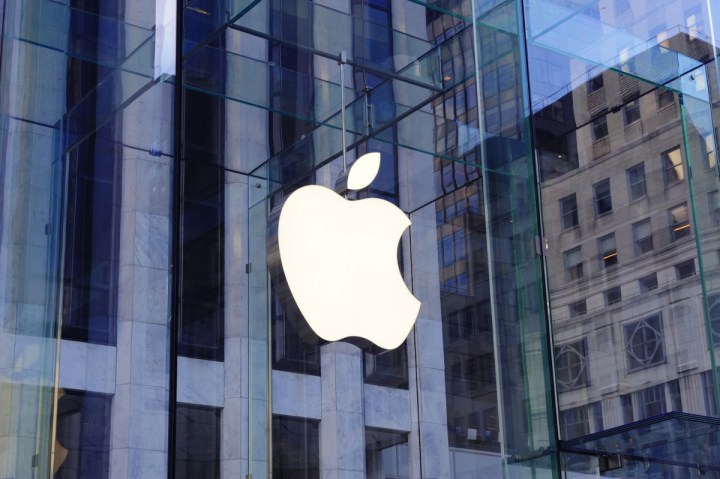
According to New York Times sources, who have been briefed but cannot go public with what they’ve been told, Apple is retrenching. Reportedly dozens of people working on the self-driving car project have been let go and whole sections are shutting down.
Gearing up about two years ago, Apple hired and reassigned from within more than 1,000 employees to work on the car project over an 18-month period. The company picked up automotive industry veterans and experts in battery technology and machine vision. As the division grew larger and faced challenges involved with creating a car, a pivotal question loomed larger: How could Apple make it special? What could a company that focuses on design and style as much as innovation bring to a self-driving car that other companies could not?
This past July, Bob Mansfield, a veteran Apple executive who had worked closely with Steve Jobs, was brought back to take over the self-driving car project when the previous leader left for personal reasons.
With Mansfield on board the strategy changed, according to Bloomberg. “The initiative is now prioritizing the development of an autonomous driving system, though it’s not abandoning efforts to design its own vehicle. That leaves options open should the company eventually decide to partner with or acquire an established car maker, rather than build a car itself,” Bloomberg reported in July.
The New York Times sources said Apple told employees the recent layoffs were due to a “reboot” of the car project. The reboot may mean a re-start on a project that will eventually result in an Apple self-driving car.
Retrenchment of Project Titan could, however, indicate deeper focus on developing a technology platform and software suite to enable or empower self-driving cars — similar to the aim of Google’s self-driving car project.
Or, Apple may be pulling back to watch what happens with the many other players in the self-driving car space, with the intention to re-enter later on when it sees how it can redefine and improve what exists at the time.
Whatever the outcome, Apple won’t have to explain to the public or Apple shareholders that it changed its mind.



